Cover
Copyright
Table of Contents
Chapter 1. Introduction
Preparing Your Environment
Chapter 2. Understanding Reactive Microservices and Vert.x
Reactive Programming
Reactive Systems
Reactive Microservices
What About Vert.x ?
Asynchronous Development Model
Verticles—the Building Blocks
From Callbacks to Observables
Let’s Start Coding!
Project Creation
Write Your First Verticle
Using RxJava
Packaging Your Application as a Fat Jar
Logging, Monitoring, and Other Production Elements
Summary
Chapter 3. Building Reactive Microservices
First Microservices
Implementing HTTP Microservices
Getting Started
The Verticle
HTTP Microservice
Using Routes and Parameters
Producing JSON
Packaging and Running
Consuming HTTP Microservices
Project Creation
Calling the Service More Than Once
Are These Microservices Reactive Microservices?
The Vert.x Event Bus—A Messaging Backbone
Message-Based Microservices
Project Creation
Writing the Message-Driven Verticle
Initiating Message-Based Interactions
Are We Reactive Now?
Elasticity
Resilience
Summary
Chapter 4. Building Reactive Microservice Systems
Service Discovery
Client- and Server-Side Service Discovery
Vert.x Service Discovery
Stability and Resilience Patterns
Managing Failures in Reactive Microservices
Using Timeouts
Circuit Breakers
Health Checks and Failovers
Summary
Chapter 5. Deploying Reactive Microservices in OpenShift
What Is OpenShift?
Build Configuration
Deployment Configurations
Pods
Services and Routes
Installing OpenShift on Your Machine
Deploying a Microservice in OpenShift
Service Discovery
Scale Up and Down
Health Check and Failover
Using a Circuit Breaker
But Wait, Are We Reactive?
Summary
Chapter 6. Conclusion
What Have We Learned?
Microservices Aren’t Easy
The Evolution of the Microservice Paradigm
Vert.x Versatility
About the Author
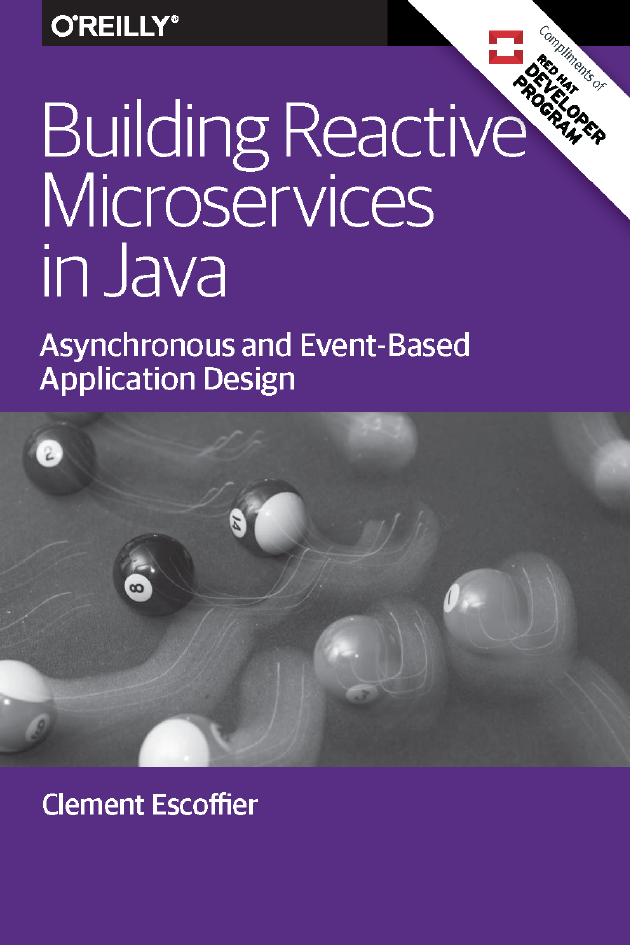
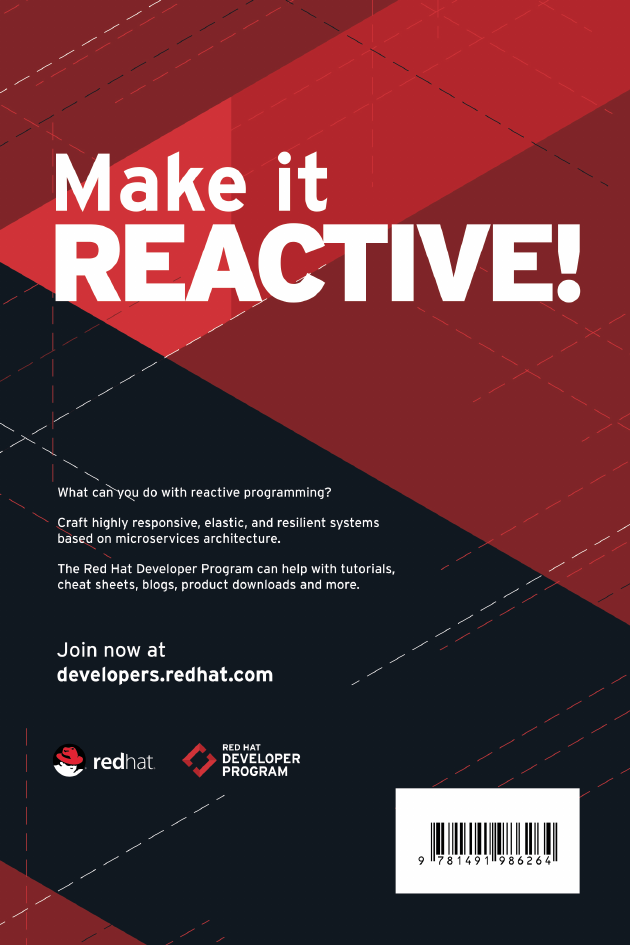
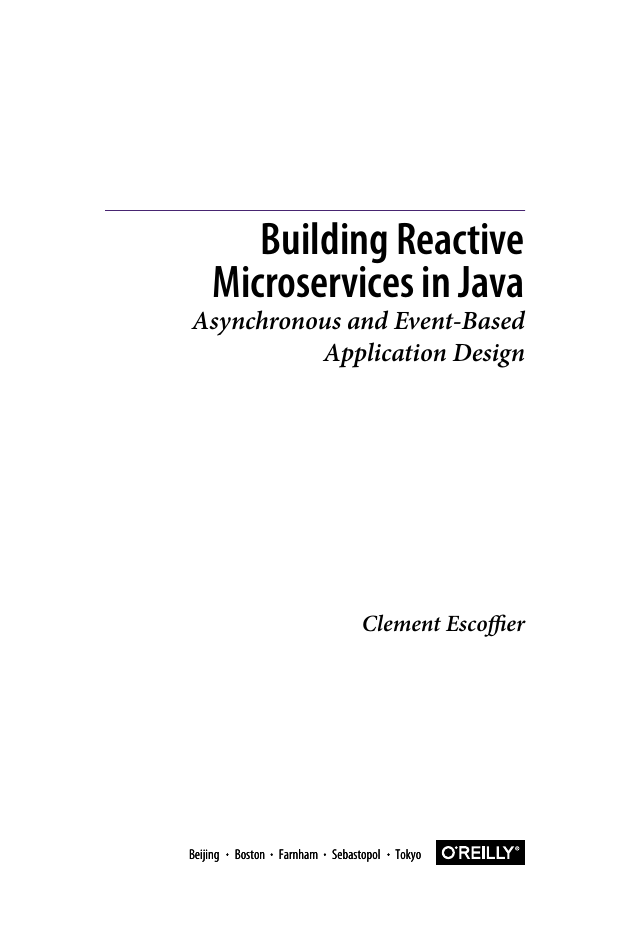
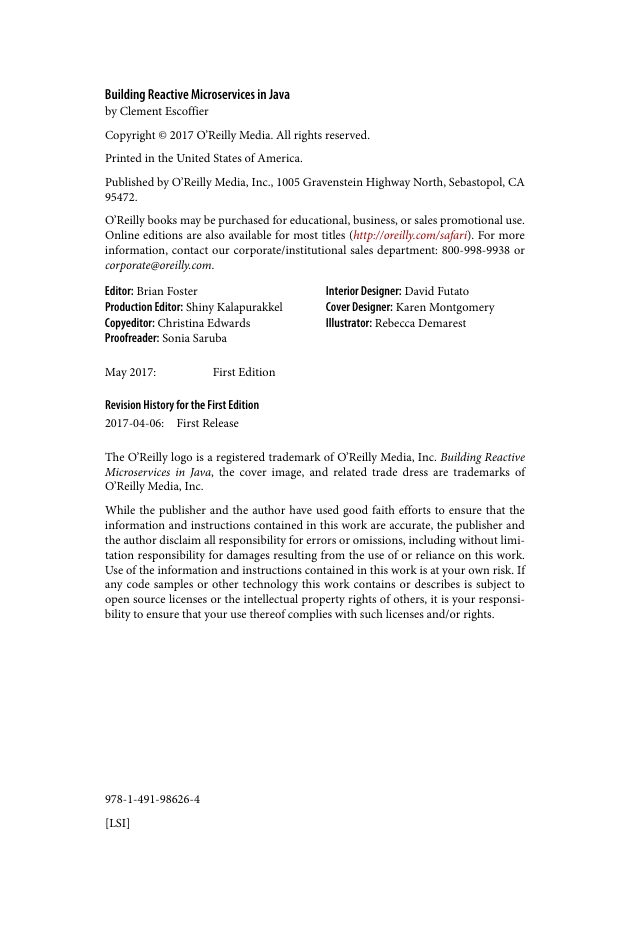
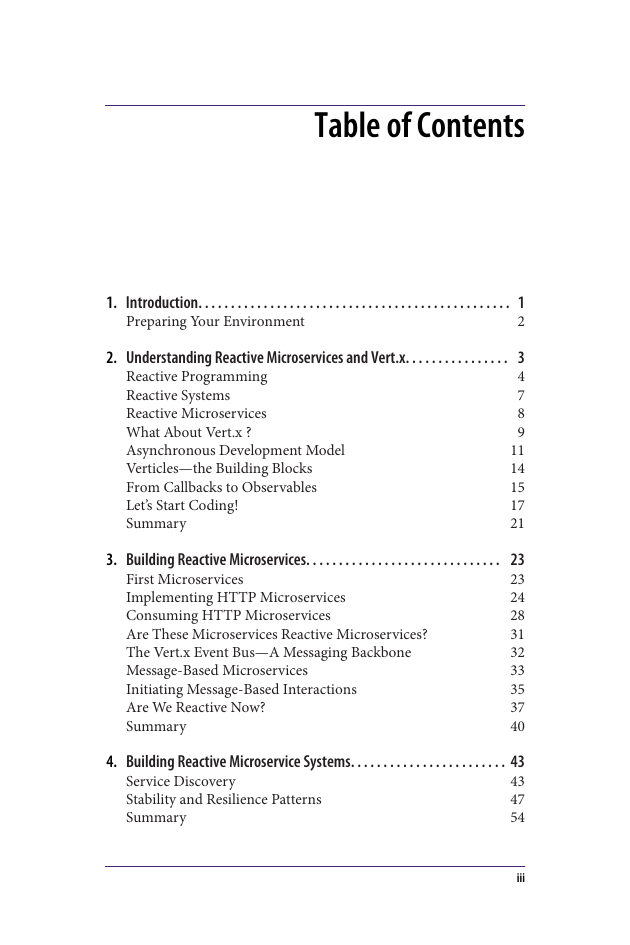

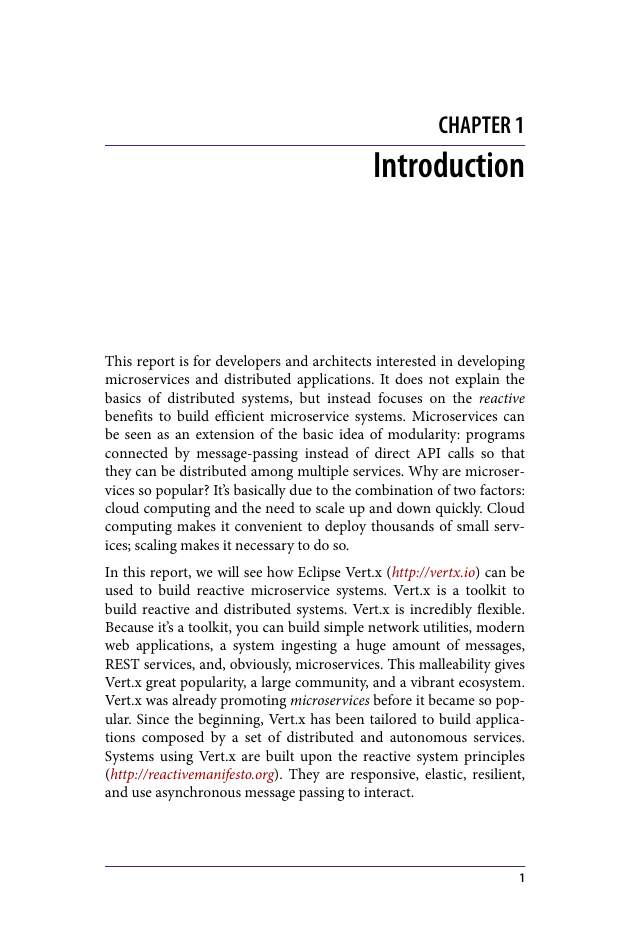









 2023年江西萍乡中考道德与法治真题及答案.doc
2023年江西萍乡中考道德与法治真题及答案.doc 2012年重庆南川中考生物真题及答案.doc
2012年重庆南川中考生物真题及答案.doc 2013年江西师范大学地理学综合及文艺理论基础考研真题.doc
2013年江西师范大学地理学综合及文艺理论基础考研真题.doc 2020年四川甘孜小升初语文真题及答案I卷.doc
2020年四川甘孜小升初语文真题及答案I卷.doc 2020年注册岩土工程师专业基础考试真题及答案.doc
2020年注册岩土工程师专业基础考试真题及答案.doc 2023-2024学年福建省厦门市九年级上学期数学月考试题及答案.doc
2023-2024学年福建省厦门市九年级上学期数学月考试题及答案.doc 2021-2022学年辽宁省沈阳市大东区九年级上学期语文期末试题及答案.doc
2021-2022学年辽宁省沈阳市大东区九年级上学期语文期末试题及答案.doc 2022-2023学年北京东城区初三第一学期物理期末试卷及答案.doc
2022-2023学年北京东城区初三第一学期物理期末试卷及答案.doc 2018上半年江西教师资格初中地理学科知识与教学能力真题及答案.doc
2018上半年江西教师资格初中地理学科知识与教学能力真题及答案.doc 2012年河北国家公务员申论考试真题及答案-省级.doc
2012年河北国家公务员申论考试真题及答案-省级.doc 2020-2021学年江苏省扬州市江都区邵樊片九年级上学期数学第一次质量检测试题及答案.doc
2020-2021学年江苏省扬州市江都区邵樊片九年级上学期数学第一次质量检测试题及答案.doc 2022下半年黑龙江教师资格证中学综合素质真题及答案.doc
2022下半年黑龙江教师资格证中学综合素质真题及答案.doc